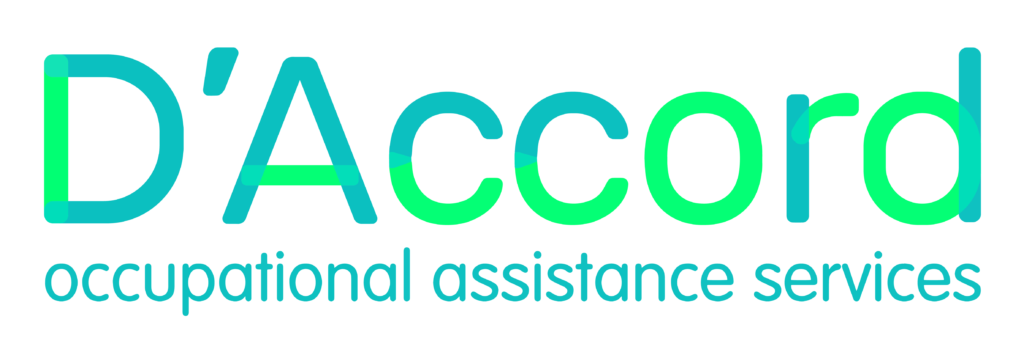Wellness in the workplace programs becomes more important nowadays. A recent study reveals that 61% of workers now experience burnout. This shows that workforces are facing a significant challenge around mental health.
This pervasive problem doesn’t just affect employees well-being; it cripples productivity, drives up absenteeism, and ultimately harms a company’s bottom line.
Fortunately, comprehensive wellness programs offer a powerful solution. This programs provide essential support for employees to thrive and best manage their mental health at work.
Perhaps you’re wondering what a comprehensive wellness program looks like, what activities it includes, and how it can specifically benefit your business. Let’s dig deeper into how these programs can transform your workplace.
What is Wellness in the Workplace Programs?

Wellness in the workplace programs, also known as well-being programs, are systematic initiatives designed to help employees achieve better physical and mental health.
Numerous studies indicate that the modern workforce has undergone significant changes, particularly in areas like hybrid or remote work, flexibility, and employee expectations.
Previously, employee health was often an afterthought. Meanwhile, modern employees prioritize more than just a paycheck.
They expect a better work-life balance, opportunities for personal and professional growth, a sense of purpose, and robust support for their well-being, particularly their mental health at work.
This increased awareness of work-life balance and well-being comes from the employees’ side. However, these wellness in the workplace programs also offer numerous benefits for companies.
What are the Benefits of Wellness Programs for Company?
An article in the Harvard Business Review highlights that effective employee wellness programs can deliver an impressive return on investment (ROI).
Using Johnson & Johnson as a key example, the study found that their program led to cumulative savings of $250 million in healthcare costs over the past decade.
While the financial gains are clear, the benefits of wellness programs for companies are even more extensive. Let’s explore these advantages:
- Increased Productivity: Healthier, happier employees are more focused and engaged, leading to better work output.
- Reduced Absenteeism: Employees who are well, both physically and mentally, take fewer sick days.
- Higher Employee Retention: Companies that invest in employee well-being are seen as more attractive and supportive, reducing turnover.
- Stronger Recruitment: A robust wellness program enhances the company’s reputation, helping to attract top talent.
- Lower Healthcare Costs: Proactive wellness initiatives can lead to healthier employees and potentially reduced medical expenses in the long run.
- Improved Employee Morale & Engagement: Employees feel valued and cared for, leading to greater job satisfaction and a more positive work environment.
- Enhanced Company Culture: Wellness programs can foster a supportive, collaborative, and health-conscious workplace culture.
- Better Stress Management: Providing tools and resources to manage stress directly benefits employee well-being and productivity.
Companies only gain these benefits by implementing effective employee wellness programs. Without effective implementation, programs may only incur significant costs without yielding tangible gains.
What are Good Wellness Example & Activities?

To give you a clearer picture of what these programs involve, here are practical examples of wellness activities commonly implemented in workplaces:
a. Mental & Emotional Well-being Activities:
- Stress management workshops
- Mindfulness and meditation sessions
- Employee Assistance Programs (EAP)
- Mental health education and awareness campaigns
- Resilience training
- Access to confidential counseling (often via EAP)
- Quiet rooms or relaxation spaces
b. Physical Well-being Activities:
- Fitness challenges (e.g., step challenges, team competitions)
- On-site fitness classes (yoga, Pilates, Zumba)
- Subsidized gym memberships or on-site fitness centers
- Ergonomic assessments and workstation improvements
- Healthy food options in cafeterias/vending machines
- Smoking cessation programs
- Health screenings (e.g., blood pressure, cholesterol checks)
These are just some of the diverse wellness program examples companies can offer to support their employees holistically.
How to Implement Wellness Program for Company?

Putting a great wellness program in place isn’t a one-size-fits-all thing. It takes good planning and consistent effort. Supposed that you’re Human Resource and Development Manager, here’s how to go about it:
1. Find Out What Your Employees Need and Get Leaders On Board:
Before you start anything, figure out what health and well-being issues are most important to your team. You can do this with surveys or by simply talking to people.
At the same time, make sure your company’s leaders are fully behind the program. Show them how it helps both employees and the business. When leaders show they care, it encourages everyone else to get involved.
2. Create a Program That Covers Everything and Includes Everyone:
A really strong wellness program looks at more than just physical health. It should cover mental, emotional, financial, social, and even professional well-being. It’s super important to make sure your program is fair and easy for all employees to use.
This means offering different kinds of activities to suit various interests and making sure everyone can access them, no matter their background, work schedule (like remote vs. in-office), or physical ability. This is how you truly embrace diversity in the workplace.
3. Talk About It, Promote It, and Keep People Engaged:
Even the best programs won’t work if employees don’t know about them or why they matter. Plan how you’ll regularly tell employees about what’s available, upcoming events, and success stories. Use different ways to share the news, like company messages or team meetings.
Encourage people to join by making it fun, giving positive feedback, and having leaders participate too. Make it simple for employees to sign up and get involved.
4. Check How It’s Going and Make Changes:
A good wellness program isn’t set in stone. Keep an eye on how many people are joining, what they think about the programs, and if it’s making a difference in things like sick days or employee happiness.
Use this information to understand what’s working and what’s not. Be ready to change and update your program so it always meets your employees’ needs and helps your company grow.
Ready to Partner with Professional?
Investing in wellness in the workplace programs isn’t just a perk; it’s a smart business decision that truly benefits everyone. These programs create a healthier, happier workforce, leading to better productivity, less burnout, and a more positive company culture.
But of course you need to remember that this program should be implemented effectively. If it’s not, than the costs spent will only go to waste and the company gain no benefit.
By partnering with professional like D’Accord OAS, the implementation of wellness for your employee will be seamless. Ready to create a thriving workplace? Contact D’Accord OAS today to explore how our tailored wellness solutions can empower your team.











